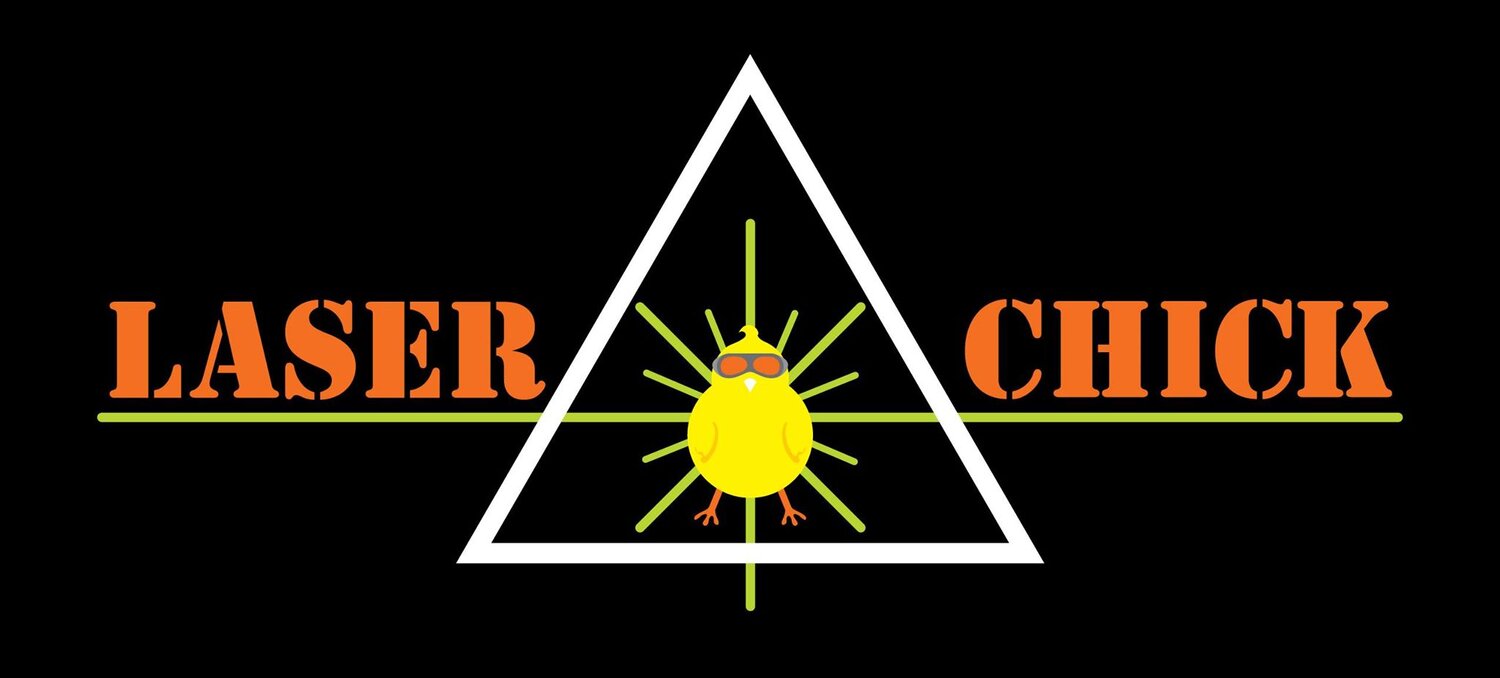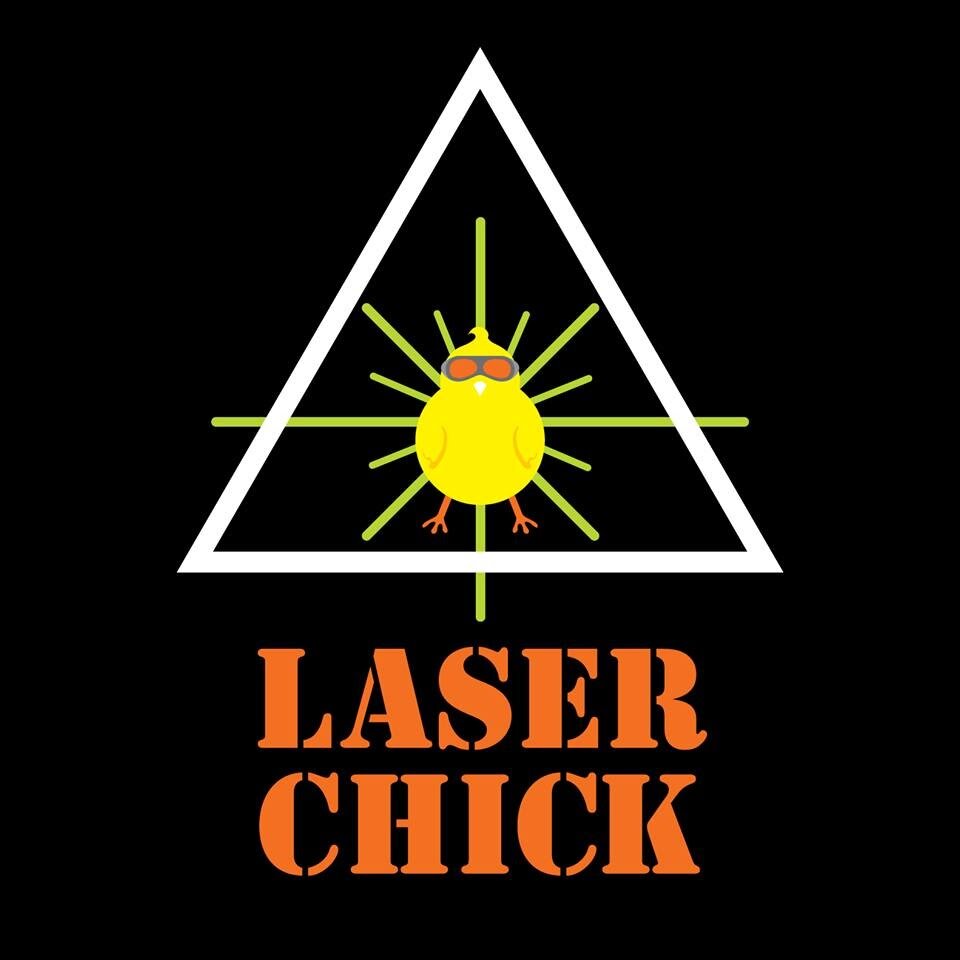
“Learning does not make one learned: there are those who have knowledge and those who have understanding. The first requires memory and the second philosophy.”
~The Count of Monte Cristo, Alexandre Dumas.
Science Communication Videos
-

Live Coverage of the Total Solar Eclipse on April 8th, 2024
Live Coverage of the Eclipse from Junction, Texas.
-
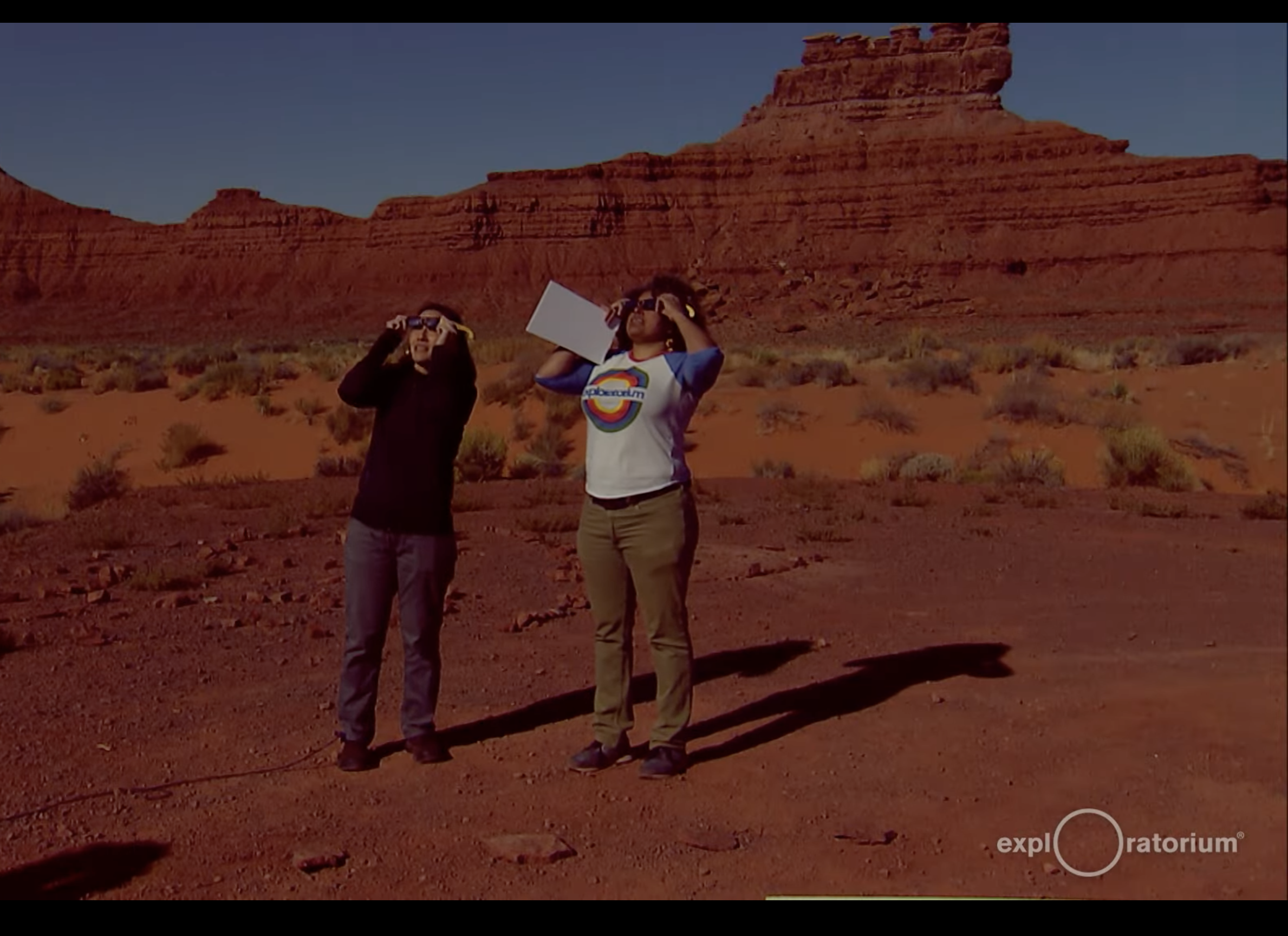
Live Coverage of the Annular Solar Eclipse on October 14th, 2023
On October 14th, 2023, NASA and Exploratorium scientists were joined by Navajo Astronomers to bring live telescope views of the annular eclipse from Valley of the Gods, Utah. Experience this marvelous phenomenon from the comfort of your computer.
-

When it comes to solar eclipses, 99% ≠ 100%.
A total solar eclipse is all about totality—when the Sun is 100% blocked by the moon. Anything less than that is a partial eclipse. Get yourself in the path of totality for one of nature’s most awe-inspiring experiences.
-

PBS Nova "Out of Our Elements" ep. 3: Glass Is Making Your Internet Faster
The Exploratorium’s Desiré Whitmore -- also known as “LaserChick” -- uses lasers to demonstrate how information can be transmitted through glass, and explains how that forms the basis of an ever-growing global fiber optic network than enables high speed internet communication.
-

7 Minutes of Terror: The Perseverance Landing
What if you sent a rover to Mars...and couldn't even watch it land? Join Exploratorium physicist Dr. Desiré Whitmore to learn about the scariest seven minutes in Mars exploration: the landing phase, in which everything must go right without NASA scientists watching.
-

Build Your Own Exploratorium: Pixel Table video
Our Pixel Table exhibit lies at the intersection of art, science, and human perception. Learn to think differently about light and shadow, reflection, and color mixing with Science Educator Desiré Whitmore—and discover how to make your own customizable version of this beautiful and creative exhibit with mylar and a cardboard tube.
-

Observa tu aliento: usa la ciencia para elegir la mascarilla adecuada vidéo
Description goGracias al trabajo en colaboración con científicos de la Universidad de Stanford, modificamos nuestra exhibición del Espejo Gigante en el Exploratorium para poder observar pequeños cambios en la temperatura del aire en movimiento. En este video, con la ayuda del Espejo Gigante, recopilamos evidencia sobre qué elementos de protección facial funcionan mejor para prevenir la propagación del coronavirus. Esta información puede ayudarnos a tomar decisiones informadas sobre qué mascarillas conviene usar para mantenernos seguros durante esta pandemia.
-

Seeing Your Breath: Using Science to Choose the Proper Mask video
Working with Stanford scientists, we at the Exploratorium modified our Giant Mirror exhibit to allow us to observe small changes in the temperature of moving air. In this video, we use Giant Mirror to collect evidence about which face coverings work best to prevent the spread of the coronavirus. This information can help us make informed decisions about which masks to wear to keep each other safe during this pandemic.
-

Catching Gravitational Waves From Space
Did you know that gravitational waves originating from outer space actually carry enough force to stretch and compress our planet? You’ve probably never noticed—the change is so small that only extremely sensitive laser systems are able to measure these waves. Learn more about the Laser Interferometric Gravitational-Wave Observatory (LIGO) and its findings over the last four years, including how the universe synthesizes gold.
Science Snacks
-

Science Snacks to Celebrate Black History
These Science Snacks showcase Black artists, scientists, inventors, and thinkers whose work aids or expands our understanding of the phenomena explored in each Snack.
-

Pixel Tube
Rolls of shiny Mylar bundled into a tube together create a dazzling pixelated view of the world. Use your pixel tube to explore reflections of light and color mixing from various light sources—or just enjoy the view.
-
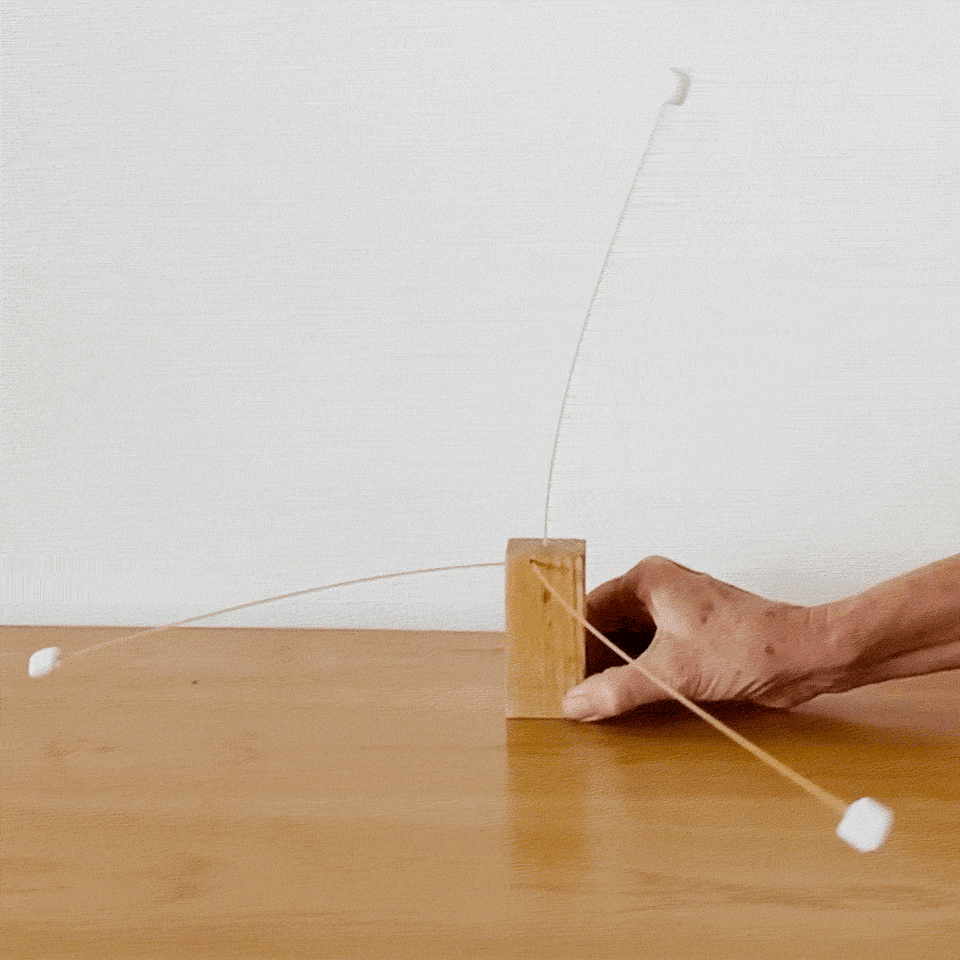
Spaghetti Accelerometer
How does a car know when to deploy its airbags? How does a cell phone know when to rotate its screen? Tiny devices called accelerometers can detect external forces and changes in motion. Make a not-so-tiny model accelerometer of your own to understand how they work.
-
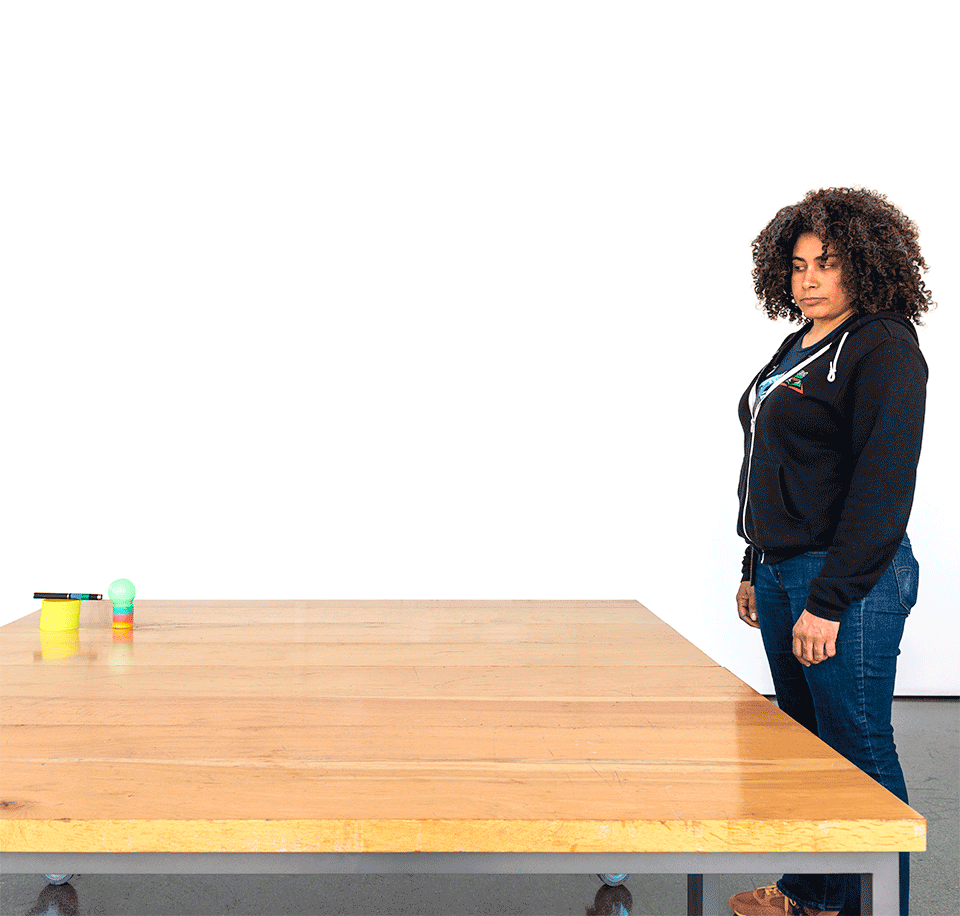
LASER Speckle
A laser pointer and a frosted light bulb are all you need to investigate laser speckle, grainy patterns in laser light that seem to move in different directions depending on who’s looking.
-
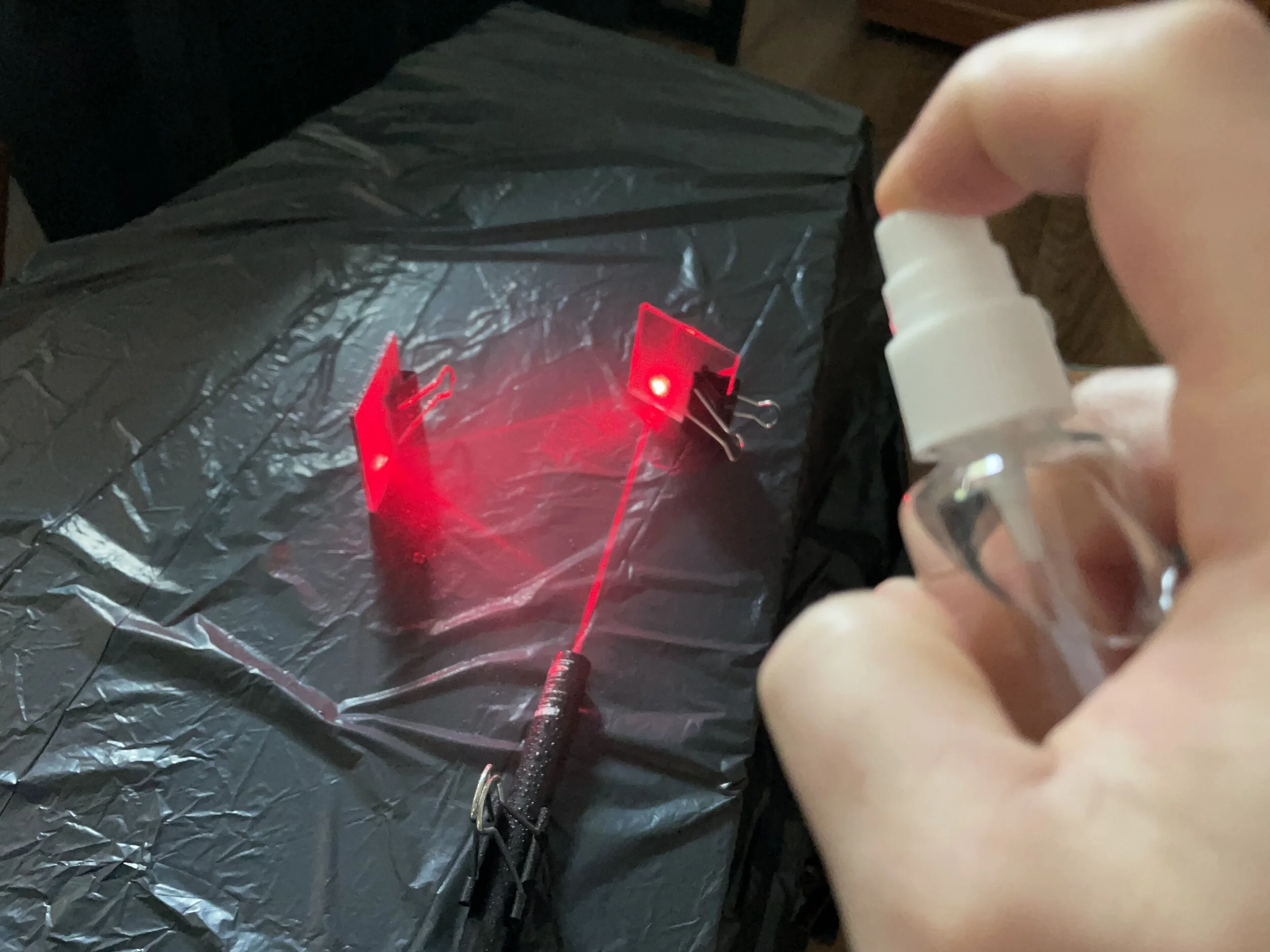
LASER shapes
Practice spatial reasoning with LASER light in a fun and safe way. Learn about reflections and how to control the direction that light travels using mirrors.
-

Boba (Fett) Darts
What determines how far a blow dart flies? Study the physics of blow guns and blow darts safely with cotton swabs and boba straws.
-

Friction Speeders
Ever wonder how to directly measure the force of friction? Easily measure the force of friction between two materials using a constant velocity car and spring scale.
-
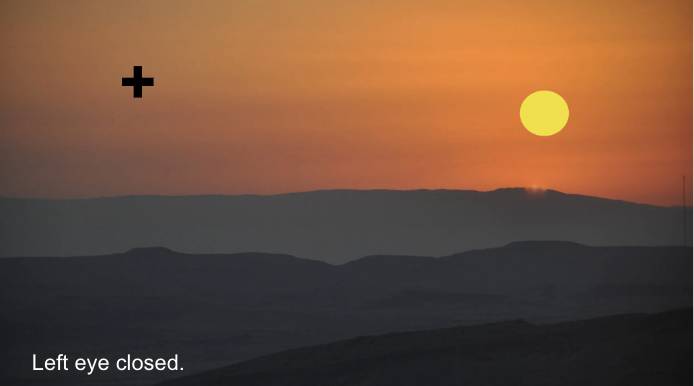
Blind Spot
The eye’s retina receives and reacts to incoming light and sends signals to the brain, allowing you to see. One part of the retina, however, doesn't give you visual information—this is your eye’s “blind spot.”
These slides can be used to highlight this phenomenon.
